VOL XXIII
On August 8th, 1942, Mahatma Gandhi uttered the battle cry of “British Quit India,” marking the formal start of the Quit India Movement – a final thrust for independence. The Raj hit back brutally – arresting practically the entire Congress leadership and throwing them behind bars. Yet, even this drastic action could not quell the fires burning in the heart of the common Indian.
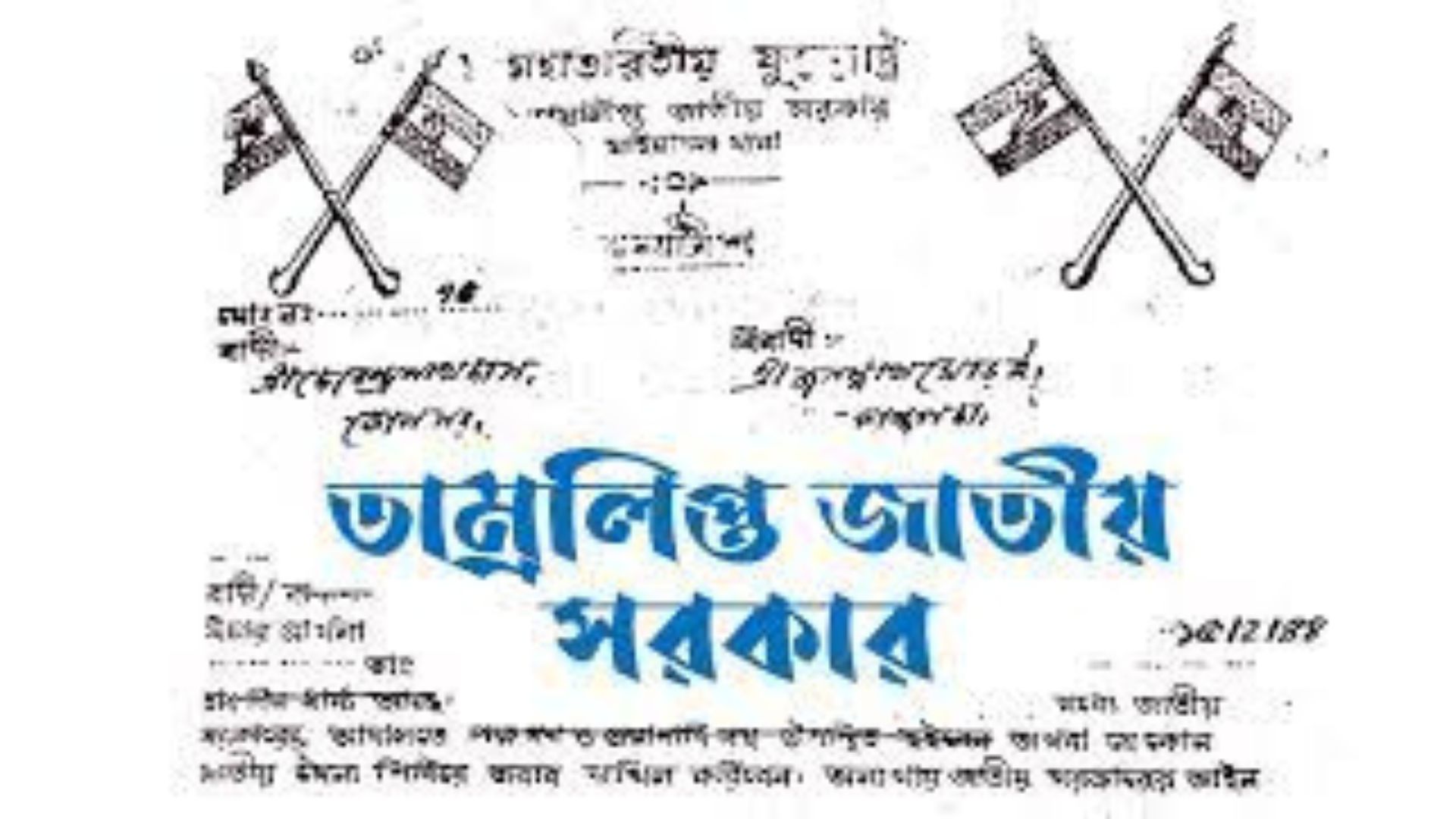
In Tamluk, the ancient town near the Bengal coast, something historical went down in the times that came. The Bengal Presidency was reeling under the onset of a severe famine that would ravage the land in the coming years. A big cause was the diversion of food grains to Europe to sustain allied war efforts. Black marketing of food grains was rampant. There was palpable anger on the ground among the common man against the British rulers. As the Congress leadership was imprisoned, heroes emerged from among the common folks who unsettled and unseated even the mighty British government.
The district of Midnapore was always a problematic one for the British. Armed resistance reached its peak here in the early 1930s, with 3 district magistrates gunned down in less than two years. Several young men from Midnapore were arrested, tortured, and hung to death during that period. With the rise in Gandhi’s non-violence-led path, the armed resistance movement slowly lost its way. But the Midnapore people had not lost their rebellious streak.
In 1942, the anti-British sentiment reached a fever peak. Processions, rallies, hartals, student strikes, and mass agitations became rampant. Satis Chandra Samanta, Ajoy Mukherjee, and Sushil Kumar Dhara were some of the prominent Congress leaders who had been able to evade arrest. They now took up refuge in the villages and started spreading the word by moving from village to village and trying to get the villagers to join the protests.
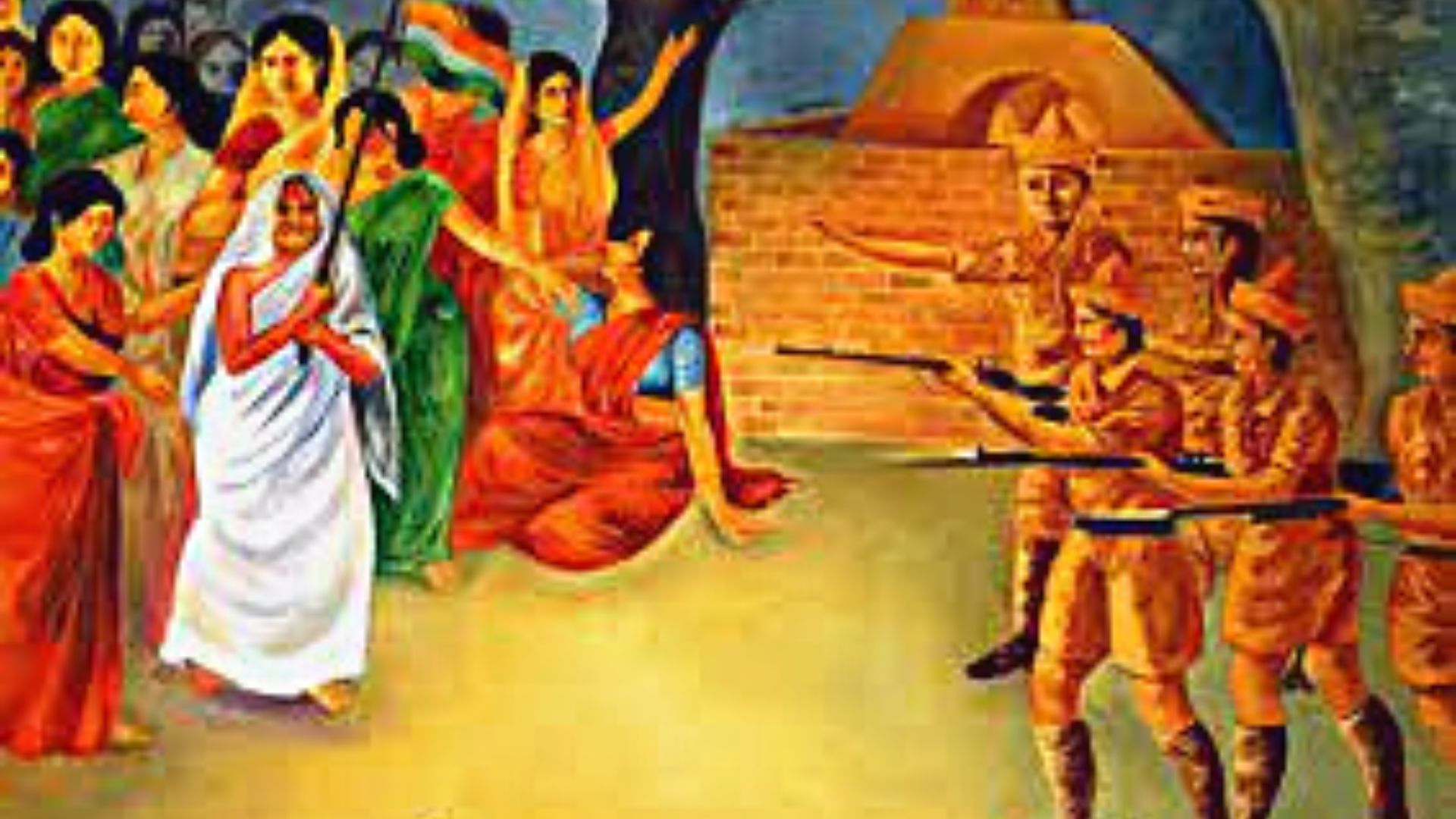
The leaders of the movement decided to overthrow the British administration and take over. On the intervening night of 28th – 29th September 1942, the movement blockaded all major high roads of the area by felling trees and disrupted communication by cutting telephone and telegraph lines of the expanse of 27 miles. Ferry boats on the rivers were sunk or stolen. The idea was to isolate the Tamluk subdivision and stop news from going out and prevent reinforcements from coming from Calcutta or elsewhere.
Villagers had already been organized. Sectors were created, and teams were allocated Defense of individual sectors. Although the local administration immediately got into the act of trying to restore road and communication links, the progress was slow and hampered by zero cooperation from local villagers. At 2 pm on September 29th, huge processions – comprising of men, women, and children, old and young, Hindus and Muslims alike – started converging on Tamluk town from different parts of the sub-division shouting anti-British slogans. Five such processions started marching towards the Tamluk police station. The govt. Forces started firing indiscriminately. 10 people died instantly. First among them was Matangini Hazra – who was loving, called “Gandhi Buri.” Cradling the Tiranga, she kept shouting “Vande Mataram” even as bullet after the bullet hit her.
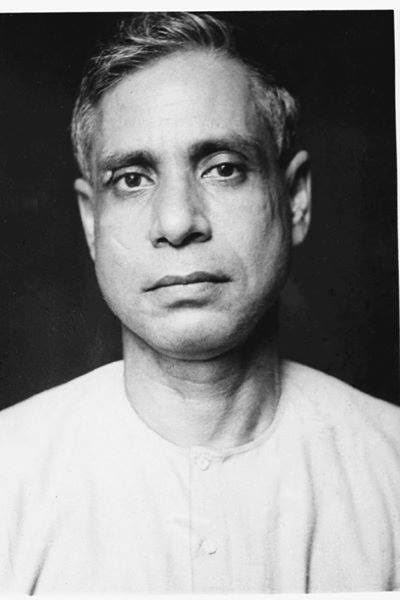 Simultaneously, the resistance movement captured police stations in the sub-divisions. The leadership in this daring adventure was given by the “Vidyut Bahini,” a trained paramilitary wing of the movement under the leadership of Sushil Kumar Dhara. Some of the police stations received help from local zamindars who provided their personal forces for support. But this came to naught against the zeal of the Vidyut Bahini volunteers, further reinforced by common folks.
Simultaneously, the resistance movement captured police stations in the sub-divisions. The leadership in this daring adventure was given by the “Vidyut Bahini,” a trained paramilitary wing of the movement under the leadership of Sushil Kumar Dhara. Some of the police stations received help from local zamindars who provided their personal forces for support. But this came to naught against the zeal of the Vidyut Bahini volunteers, further reinforced by common folks.
The speed and precision with which the plan unfolded took the British administration by surprise. After taking control of the police stations, next, possession was taken of various government bodies like Union Board, Debt Settlement Board, Rent Collection Centers, etc.
In October 1942, a devastating cyclone hit the area. The British administration in Calcutta refused to act for relief and actually tried to suppress news of the calamity. Policemen started looting the villagers and set fire to their houses. Faced with this predicament, the resistance movement decided to form an administration of its own to restore peace and order to the area.
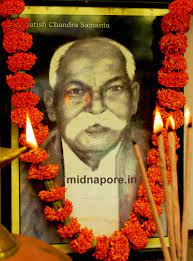 On December 17th, 1942, the Tamralipta Jatiya Sarkar (Tamralipta National Government) took an oath with Satis Chandra Samanta as the “Sarbadhinayak” (supreme leader). At a lower level, Thana (police station) Jatiya Sarkars were formed in Mahishadal, Sutahata, Nandigram, and Tamluk police stations to administer areas under each station. The heads of the Thana Jatiya Sarkars were called “Adhinayak” (captain). The Vidyut Bahini was declared the formal military force of the Tamralipta Jatiya Sarkar. A subsidiary force called the “Bhagini Sena” (Sister Force) was also raised, comprising female volunteers.
On December 17th, 1942, the Tamralipta Jatiya Sarkar (Tamralipta National Government) took an oath with Satis Chandra Samanta as the “Sarbadhinayak” (supreme leader). At a lower level, Thana (police station) Jatiya Sarkars were formed in Mahishadal, Sutahata, Nandigram, and Tamluk police stations to administer areas under each station. The heads of the Thana Jatiya Sarkars were called “Adhinayak” (captain). The Vidyut Bahini was declared the formal military force of the Tamralipta Jatiya Sarkar. A subsidiary force called the “Bhagini Sena” (Sister Force) was also raised, comprising female volunteers.
Individual ministers were appointed under Satis Chandra Samanta, with Ajoy Mukherjee assuming charge of Home & Finance and Sushil Kr. Dhara was entrusted with Defense. Besides the ministers, an Advisory Council of experienced workers was also formed to guide the govt. On policy matters.
The Tamralipta Jatiya Sarkar functioned from December 17th, 1942, to September 1st, 1944. It was successful in restoring law and order in the area, providing relief for those stricken by the cyclone, and ensuring a sense of safety and security in the minds of the people. The Tamralipta Jatiya Sarkar also took steps to provide succor against the devastating famine by forcing large landholders to share their hoarded stocks of grain with the poor villagers.
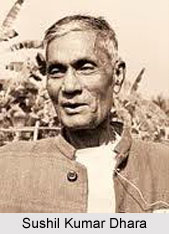 Incidentally, the leaders of the Tamralipta Jatiya Sarkar were all Congressmen and followers of Gandhi. Yet, the resistance movement could not always follow the path of non-violence preached by the Mahatma. At times, their hands were forced. On January 9th, 1943, govt. Forces surrounded 3 villages, detained the men, and then proceeded to commit unspeakable horrors, raping 49 women brutally. Jaitya Sarkar hit back with a vengeance for this horrible crime. Local agents who aided the government forces were identified by the Intelligence department and executed by Vidyut Bahini volunteers as a revenge measure.
Incidentally, the leaders of the Tamralipta Jatiya Sarkar were all Congressmen and followers of Gandhi. Yet, the resistance movement could not always follow the path of non-violence preached by the Mahatma. At times, their hands were forced. On January 9th, 1943, govt. Forces surrounded 3 villages, detained the men, and then proceeded to commit unspeakable horrors, raping 49 women brutally. Jaitya Sarkar hit back with a vengeance for this horrible crime. Local agents who aided the government forces were identified by the Intelligence department and executed by Vidyut Bahini volunteers as a revenge measure.
In May 1943, Sarbadhinayak Satis Samanta was arrested in Calcutta. His trusted no. 2, Ajoy Mukherjee, assumed office as the new Sarbadhinayak. Despite two subsequent changes in the chair of Sarbadhinayak, the Tamralipta Jatiya Sarkar continued to function smoothly as the large parts of Tamluk and Contain sub-division of Midnapore district remained outside British control and free from subjugation for better parts of two years.
Unfortunately, the end of this glorious resistance was rather abject. On May 6th, 1944, Gandhi was released from imprisonment. He decided to call off the Quit India Movement a short while later and also advised all Congressmen, in hiding or otherwise, to declare themselves publicly. Barada Kanti Kulti, the Sarbadhinayak at the time, thus ordered the suspension of the Tamralipta Jatiya Sarkar’s activities on August 8th, 1944, and courted arrest. Following his lead, around 150 workers who were wanted by the police also surrendered. The Tamralipta Jatiya Sarkar was formally dissolved on September 1st, 1944.
The Tamralipta Jatiya Sarkar was an impossible achievement made possible by men and women who rose to the occasion like never before. While much is known about Netaji Subhas Chandra Bose liberating the islands of Andaman & Nicobar with Japanese support, the incredible tale of a part of mainland India achieving almost near freedom from the British for nearly two years has been largely forgotten.
Source: SARBADHINAYAK – Volume 1, Tamralipta Swadhinata Sangram Itihaas Committee (1982)
 Based out of Kolkata, Trinanjan is a market researcher by profession with a keen interest in Indian history. Of particular interest to him is the history of Kolkata and the Bengal region. He loves to write about his passion on his blog and also on social media handles.
Based out of Kolkata, Trinanjan is a market researcher by profession with a keen interest in Indian history. Of particular interest to him is the history of Kolkata and the Bengal region. He loves to write about his passion on his blog and also on social media handles.
NEXT ARTICLE

At the southernmost tip of this mesmerising ensemble lies the majestic Great Nicobar Island, boasting an impressive landmass of about 910 square kilom...

Bharath has always been a land traversed by spiritual masters/ Guru since time immemorial. These spiritual masters have always upheld the core princip...

South India contains its fair share of unique pilgrimage centres. These divine places of worship have a prominent Sthala Purana, devoted followers, di...